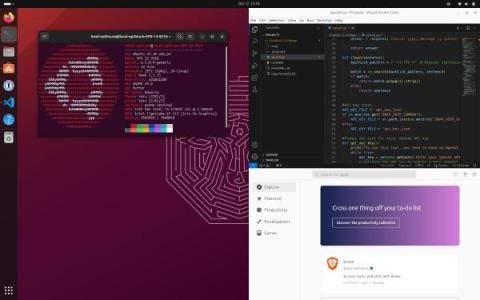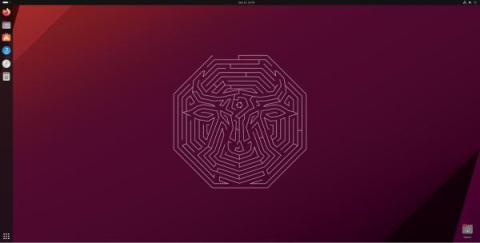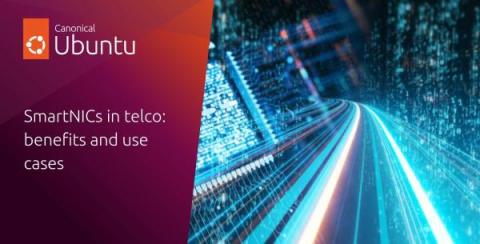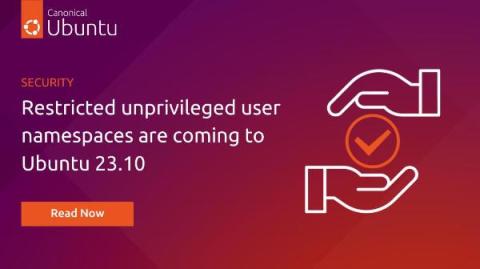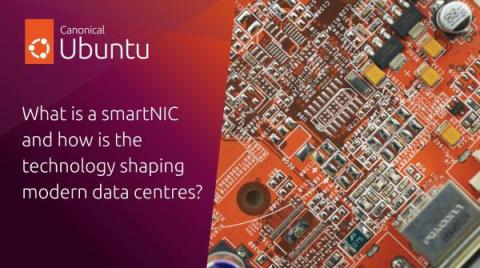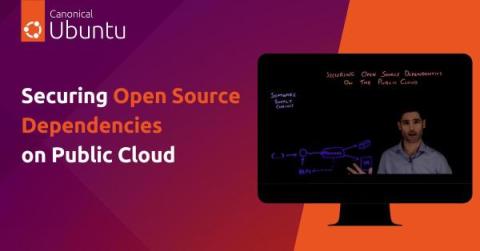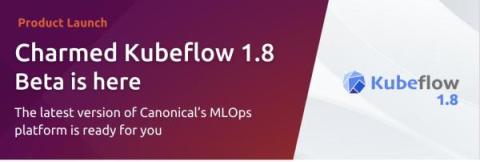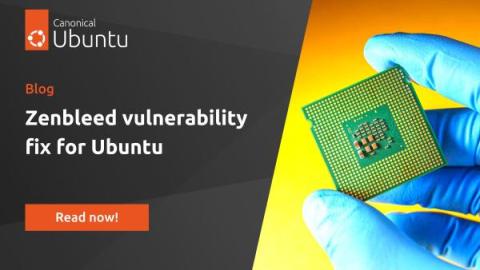Why we built a Spark solution for Kubernetes
We’re super excited to announce that we have shipped the first release of our solution for big data – Charmed Spark. Charmed Spark packages a supported distribution of Apache Spark and optimises it for deployment to Kubernetes, which is where most of the industry is moving these days.




